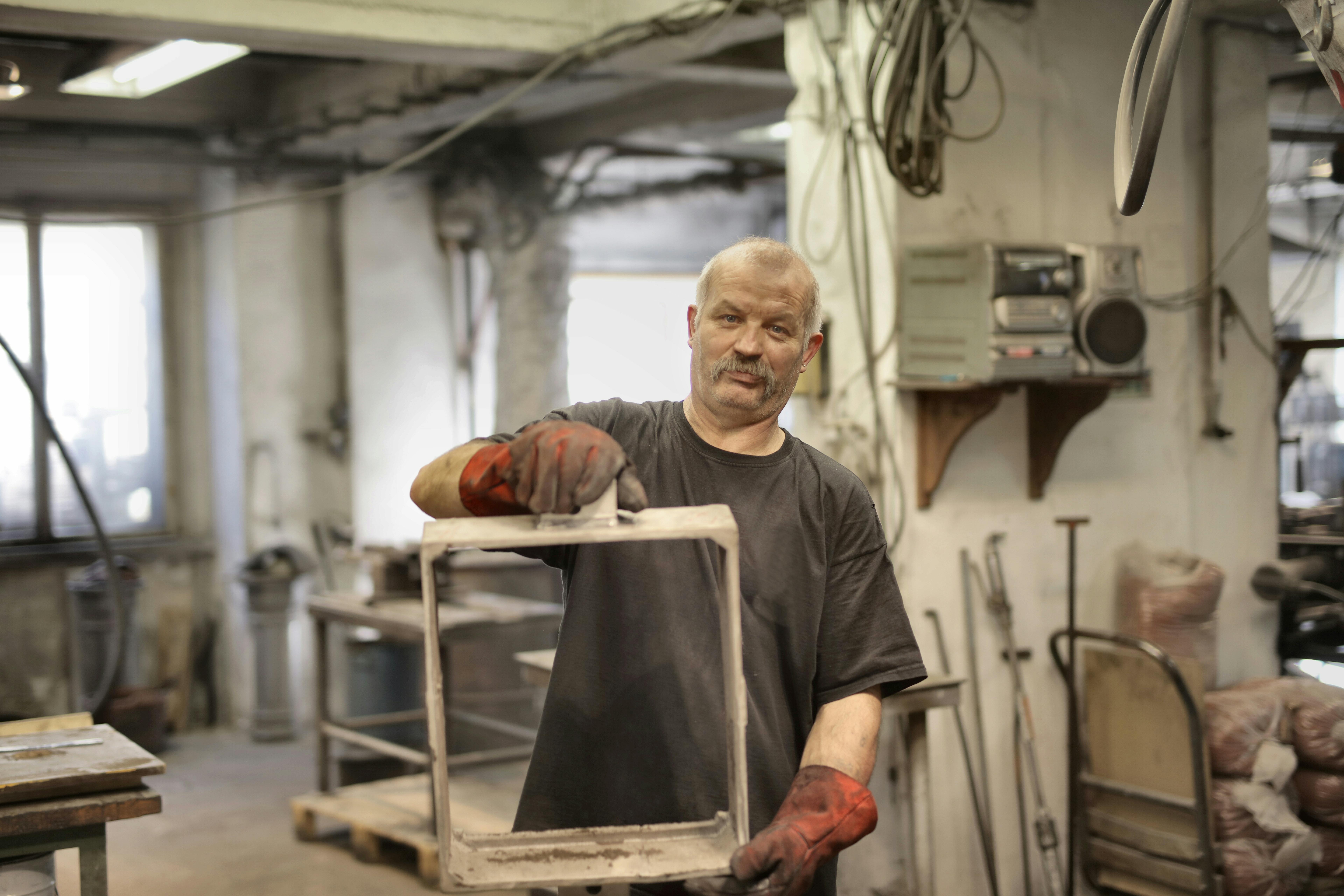
Technology in the retail industry
‘Buy’, the only word women frequent is slowly losing its shine. Nowadays, the whole shopping experience is not so pleasant. From queuing in traffic to getting to the store to find a parking space and ultimately not finding the object of desire you’ve wanted to own, it’s pretty disappointing. Therefore, in today’s competitive market, retailers have realized that with the help of modern technology they can improve the experience received by customers more than ever.
Technology greatly drives today’s retail industry. It has transformed the sector into a high-performance one, achieving its goals by serving consumers. Retail stores have tried to renew themselves with the help of technology, especially in the US and Europe in various ways. Retailers have embraced technology as a vital element of commerce.
Technology has allowed retailers greater transparency. Retailers have integrated the technology with manufacturers and consumers through customer and sales data. It is now easier for them to track their supplies from their headquarters. Technology also helps break down national and international barriers and connect with different customers and their demands.
Philip Clarke, chief executive of Tesco PLC, said there had been a “tectonic shift” in the retail industry, forcing businesses to adapt to new-age technologies.
“We are in the first recession of the digital age,” he said at the World Retail Congress in London on September 9, 2012. “Digital technology gives us the opportunity to have a warmer, more meaningful conversation with our customers, local communities , our colleagues and the vendors we work with.
Retail giants like Wal-Mart have put a lot of effort into social networking websites like Facebook, which aim to make their stores stand out locally. It debuted Black Friday sales on social media websites.
“Achieving an optimal state of technology utilization is a very high bar for almost any business,” said Tim Herbert, vice president of research for CompTIA, a nonprofit association for the IT industry. “But the vast majority of retailers clearly want to improve the use of their technology. For some, this will mean adopting new technology; for others, improving the use of what they already have.”
“Location-based technologies can give retailers the tools to incentivize in-store purchases, such as special discounts for in-store customers who check in through an app,” he explained in a press release.
“Reliable wireless connectivity, robust security, quality endpoints, data backup and other IT basics cannot be overlooked by retailers eager to add new capabilities,” he said.
It is estimated that two-thirds of the US gross domestic product (GDP) comes from retail consumption. To see the health of the US economy, the retail industry is a good indicator. According to the latest annual report from the US Department of Commerce, total retail sales in 2011 were $4.7 trillion, an increase of 8% over total retail sales in 2010 (including food service and automotive).
One of America’s most well-known business voices, Howard Schultz, CEO of Starbucks, said, “Despite all the promise of digital media to bring people together, I continue to believe that the most sincere and lasting parts of human connection come from looking directly at someone. the eyes of others, without a screen in between”.
But he also added: “Information can’t be from business to consumer; it has to be a level playing field where consumers feel they are participating and information is being shared. Cracking the code involves understanding how to create an opportunity for people feel proud, a sense of discovery that they want to share with someone they care about.
Since 2011, retailers’ attention has shifted to mobile devices, with consumers buying more smartphones and tablets and their desire to interact with retail consumers. Now it has become the must-have device for most customers in the US and European countries. Retailers began to approach all things through mobile devices.
Consumers have mobile apps on their smartphones and these offer loyalty points and coupon offers to “sign up” for a particular retail outlet. Mobile devices have become the favorite place or platform to shop for consumers in the U.S. Retailers are seeing a 4 percent increase in total e-commerce sales from smartphones and tablets alone, Shop said. org and Forrester Research.
Mobile payments have become all the rage among consumers and retailers. Mobile payment refers to mobile money, mobile money transfer and mobile wallet, generally refers to payment services operated under financial regulation and made from or through a mobile device according to Wikipedia. It is basically an alternative payment method besides cash, check or credit cards. Consumers can pay for a wide range of services and goods using their mobile phones: music, bus tickets, train tickets, tickets, books, etc. The payment model can be NFC (Near Field Communication), SMS-based, direct mobile billing and mobile web payments (WAP). Globally, mobile payments could reach an excess of $600 billion by the year 2013 forecast by Juniper Research.
Tech giants like Apple have also helped retail better integrate with newer technology. Apple introduced the EasyPay payment system, an application that turns the iPhone into an iWallet. The app uses the user’s credit card information from their iTunes account.
Financial institutions and technology companies are investing millions of dollars in the development of mobile payment service. It is also called a digital or mobile wallet.
All major US retailers such as Wal-Mart, Target, Best Buy, 7-Eleven and Sunoco have moved towards developing a mobile payment network service. Merchant Customer Exchange (MCX), a joint venture of more than a dozen retailers, will compete with Google Wallet. This will be supported by mobile carriers AT&T, Verizon and T-Mobile.
Consumers now have faster and less cumbersome checkout and retailers believe that creating electronic systems that will aid in mobile payment transactions will deepen customer loyalty.
In August, Starbucks announced that it will invest $25 million in a new company called Square Inc. that will use its technology for mobile payments at Starbucks outlets in the US.
“Can you imagine trying to pay with a phone in a (restaurant)? They need to think of more than one (payment option),” said Denee Carrington, an analyst at Forrester.
Online companies like PayPal and Amazon also have mobile payment options.
A study by Javelin Strategy & Research recently indicated that mobile payments passed the $20 million mark in 2012 and are expected to rise to $1 trillion by 2017.
“Mobile will define the movement to unify all retail channels. It is about to become a turning point in the quest for true omnichannel business, and will likely be a predictor of tomorrow’s winners,” he said. NRF Stores.
In conclusion, the transformation of the retail industry from a single store to a chain store with a worldwide customer base is mainly due to globalization and advanced information technology. And technology has helped them stay in control and connected to the various points of sale. Technology has helped customers to be informed about prices and to obtain their desired products and services in an easier and better way.





